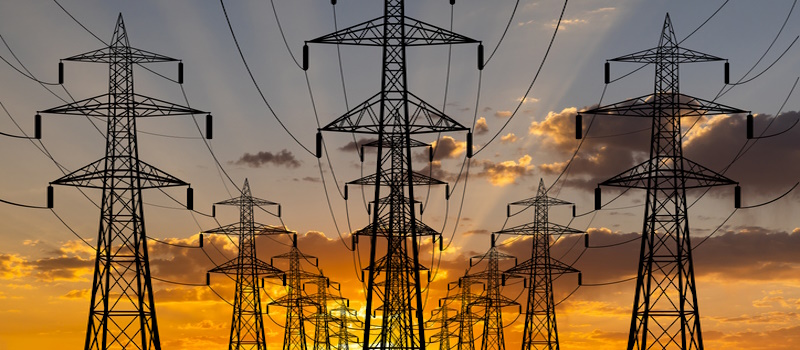What to do after a Power Surge?
What to do after a Power Surge?

What to do after a Power Surge?
All electrical appliances are designed to operate at voltages that range from 120V to 480V. But if power surges above the levels that electronics are designed to handle, it could cause irreparable damage. Power surges are largely unpredictable, so it's important to take measures to manage them properly. Learn more about how to do that here:
Power Surges Defined
Power surges, or transients, are brief, unwanted spikes within the electric waveform. Surges may occur both in residential and commercial settings and have the potential to reach up to tens of thousands of volts, which are detrimental to any affected electronic appliances or products. While most electronics are designed to withstand minor variations in voltage, significant surges can cause damage to circuit boards and lights or cause appliances to suddenly and randomly restart.
Common Sources of Power Surges
It's estimated that up to 80 percent of all power surges originate from within a specific property. Some of the common internal sources of power surges include:
- A power surge can happen when a large electrical load powers on or off. It can be caused by something seemingly simple like a thermostat powering a furnace and an air conditioner switching on and off or an entire home powering back up after power is restored following an outage.
- Presence of static electricity in the circuit. Static generates electromagnetic fields, which may discharge a current that can cause equipment and electronics to malfunction and fail.
- Magnetic/inductive coupling: This can arise from elevators, HVAC equipment, fluorescent lighting, computers, and other equipment.
While most power surges originate from within the property, external sources can also play a role. Some external sources that can lead to surges include:
- Lightning strikes
- Issues with power lines or transformers on the power grid
- Grid and capacitor switching
How to Safeguard Your Home from a Power Surge
There are two main ways to safeguard your property - and your valuable electronics - from a power surge. You can install power strips or whole-house surge protection into your electrical wiring.
Power Strips
Think of power strips as point-of-use surge protection. These strips plug straight into a standard electrical socket and offer multiple outlets to plug appliances into, all surge protected. Many households plug computers, TVs, and other valuable electronics into surge protector strips.
Power strips only handle moderate surges and often must be replaced after significant surge events. While affordable, they also don't represent a whole-house solution.
Whole-House Surge Protection
Fitting to the name, whole-house surge protection protects the entire house - not just individual electrical appliances plugged into a power strip. So, rather than just protecting computers and TVs, whole-house surge protectors safeguard your HVAC system, refrigerators, laundry machines, ovens, microwaves, and more. Another nice thing about whole-house surge protection is that it protects against larger surges than the power strips. The one disadvantage is that such systems are more expensive and must be installed by a professional electrician.
